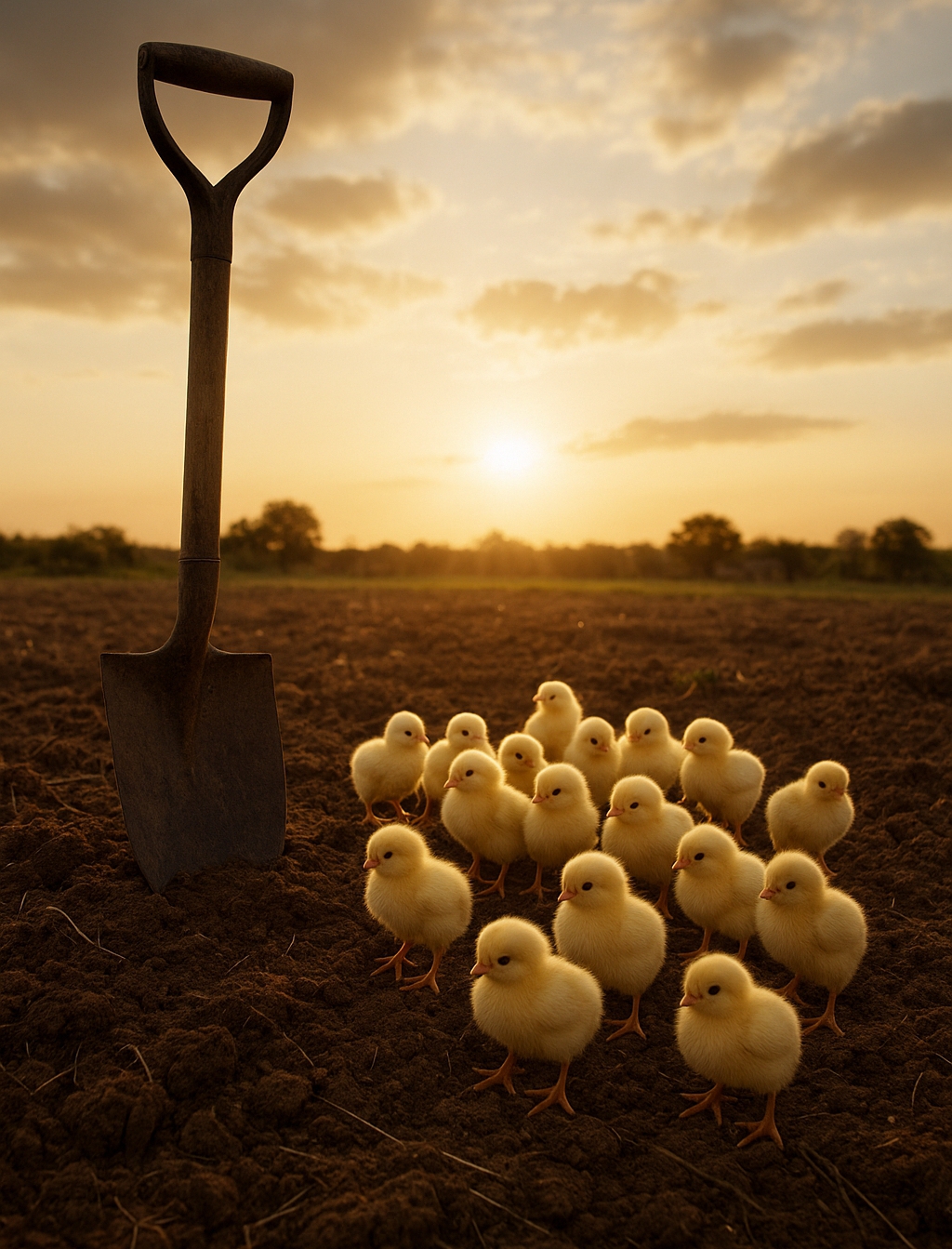If you missed part one read it here before you proceed👇🏿
August 4th, 2025 — Monday
“Bye. Have a good day,” Niss said to the pickup driver.
She wiped her forehead. That was too much work for one day. All she wanted now was rest.
Just as she reached for her door, she heard a voice behind her.
“Enye.”
Enye is a Mijikenda word that means The Owners. It’s used as you would say, Hello. Anyone home?
Niss sighed. Who is this now? I just need a break.
“Enye,” she answered back, walking toward the gate.
It was her friend.
After ten long minutes of African-style greetings and laughter, her friend finally asked,
“I saw a pickup. What was it here for?”
What? Niss wondered. You came all the way here just to ask that?
Anyway.
“Those were feeds,” Niss said. “I bought feeds for my birds. They were just delivering them. How are you doing with yours?”
“Oh, me…” Her friend paused and smiled.
“You see, I realized that feeds are the most expensive cost on a layer farm.”
“Yes, that’s true,” Niss said confidently. “I spend crazy amounts of money on feed.”
“And I figured out the best way to cut that cost,” her friend went on, “is to make your own feed.”
She sounded proud.
“So now I’m talking to some farmers and companies — maize, soybeans, sunflower — trying to make deals so I can get the raw materials. That way, I’ll make my own feed. If I cut that cost, I’ll get more profit. These feed companies are exploiting us. I won’t be one of their victims.”
Niss nodded politely.
“Anyway, have a good day,” her friend said, turning toward home.
Niss just stood there. Her mind echoed one word: Why. Why. Why.
The Funeral (2)
October 15th, 2025 – Wednesday
Niss’s phone rang.
It was her friend again.
She picked it up half-heartedly.
“Guess what, Niss! I’ve gotten the contract!”
“What contract?” Niss asked, confused.
“For Ngerenya Secondary School! I talked to the principal. I told him I’m starting a one-thousand-bird layer farm and that I’d like to supply them eggs every week. And he said yes! I’m so happy.”
She went on, voice bubbling with excitement.
“Now I just need two more schools, and all my eggs will have a market once I start producing. I won’t even struggle.”
Niss felt heat rising in her chest. Her hands trembled.
Anger boiled inside her — not hate, but the kind that burns when someone just doesn’t get it.
She took a deep breath and said it.
“Friend.
Number one — the principal lied to you.
Number two — and most important — start your damn farm.
Which eggs will you sell?
Who will you be making the feeds for?
Which chickens did you buy the land for?
START your farm.”
Then she hung up.

Was that the death of a dream?
Was it the end?
Was that the end of their friendship?
Niss didn’t know.
But at least she knew she’d told her friend the truth.
Are you like Niss’s friend?
You keep planning.
You keep talking.
You keep making deals.
But you never start.
If that’s you — start now.
Register below to get this Free Layer Poultry Guide and Regular Layer Chicken digest tips straight to your email.

carlosdeche4040@gmail.com
secretlayerske@gmail.com
